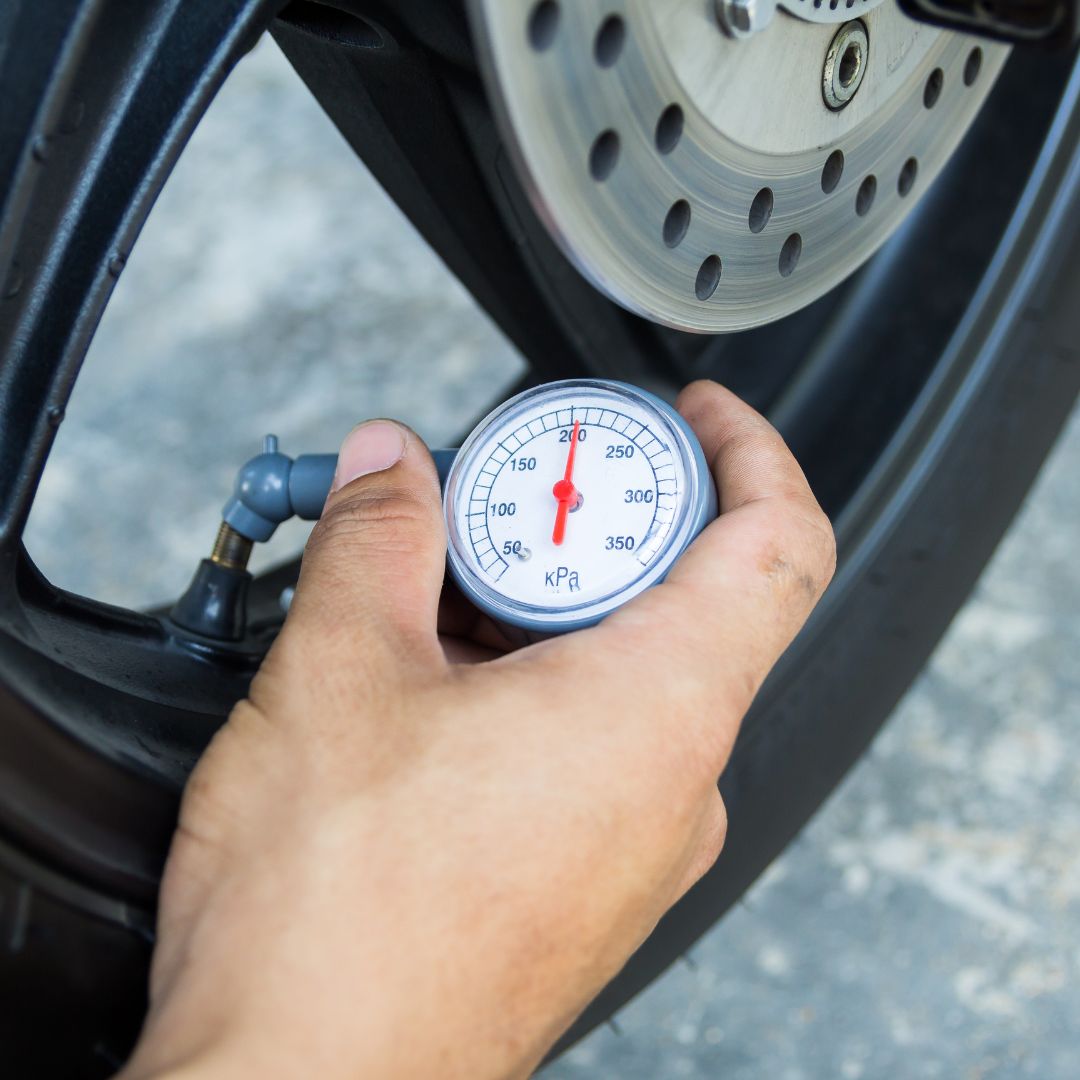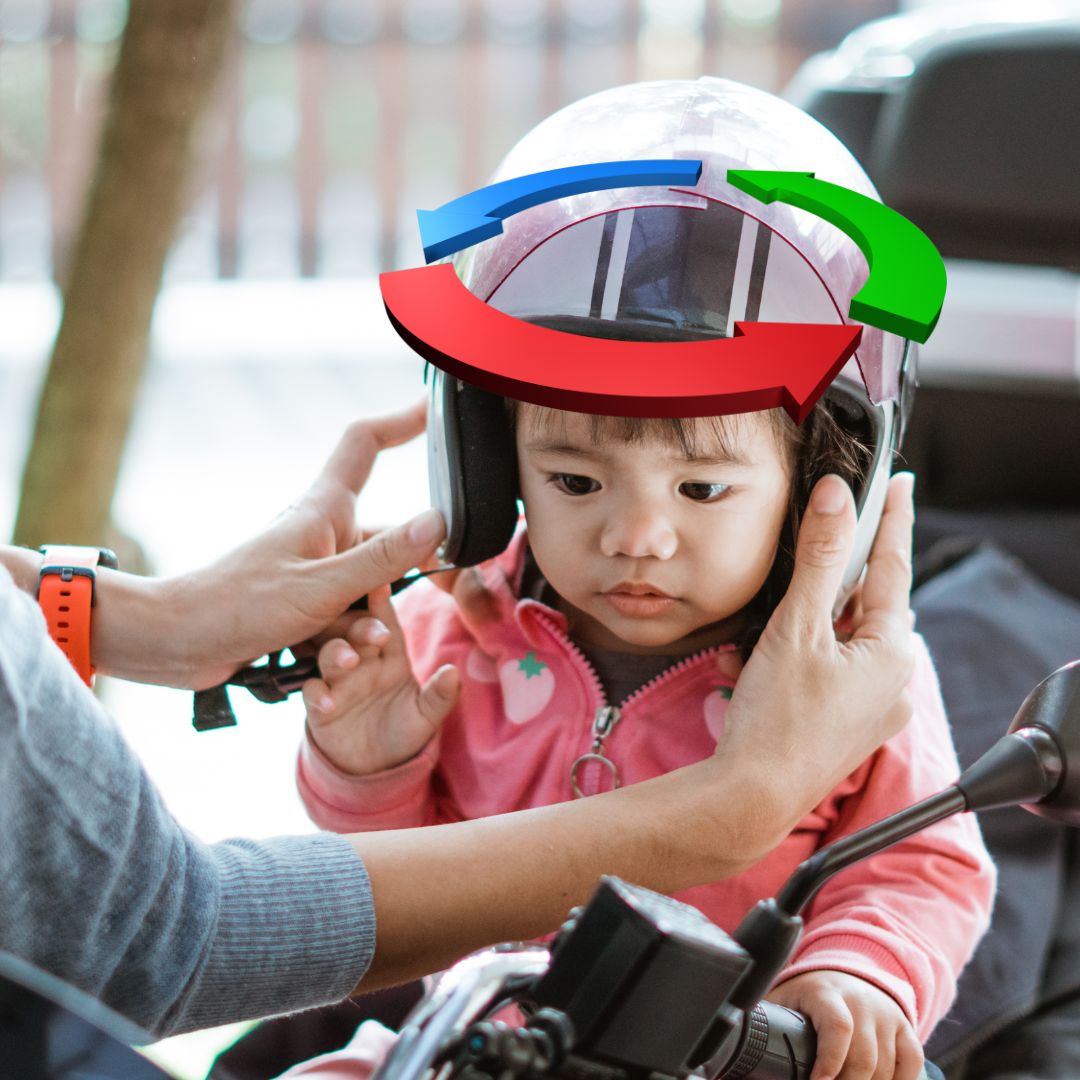
Updated: 25.4.25
Imagine the tyre as the bike’s only point of contact with the ground. The right tyre pressure can transform how the bike handles, responds, and protects your child.
As parents, it’s our job to oversee these small but critical details, ensuring every ride is fun—and safe.
Let’s dive into why PSI (pounds per square inch) matters and how to get it right every time.
Optimal PSI for Dirt Bikes
The ideal tyre pressure for dirt bikes generally falls between 12–15 PSI (0.827–1.034 bar), depending on tyre design and riding conditions. This range provides optimal traction while reducing risk of tyre failure. Always adjust for rider weight, terrain, and temperature.
Understanding Tyre Pressure
What Is PSI?
PSI measures air pressure inside the tyres. Hitting the right number improves safety, traction, and comfort during rides.
The Significance of Recommended PSI
Following the recommended PSI isn’t optional—it’s essential. It ensures the tyres grip properly, flex correctly, and reduce wear.
Importance of Proper Tyre Pressure
Too low = sluggish handling and excessive wear. Too high = reduced traction and more risk of bouncing or sliding.
Finding the Manufacturer’s Recommended PSI
Where to Look
Check the owner’s manual or the bike’s frame for a PSI sticker. It’s your official baseline.
Need Help?
If the manual is unclear, visit the manufacturer’s site or call a local bike shop for guidance.
Factors Affecting Tyre Pressure
Rider weight, bike design, tyre type, and terrain all impact the best PSI. Adjust accordingly.
Checking and Adjusting Tyre Pressure
Step-by-Step
Use a tyre pressure gauge. Check PSI before each ride. Inflate to increase pressure or release air to reduce it.
Why It Matters
Regular checks catch slow leaks and seasonal PSI changes. Make it a habit.
Essential Tools
You’ll need: a reliable tyre pressure gauge, a good air pump, and a deflator for accurate reductions.
Reading Tyre Wear Patterns
Even wear = perfect PSI. Centre wear = overinflated. Edge wear = underinflated. Let the rubber do the talking.
Adjusting Seasonally
Cold temps lower PSI, heat raises it. Check pressure with every seasonal change.
Safety Tips
Benefits of Correct PSI
Better handling, more grip, longer tyre life, and less chance of accidents.
Mistakes to Avoid
Never guess tyre pressure. Always use a gauge—looks can deceive.
Tyre Pressure & Accidents
Correct PSI helps the bike stay balanced and responsive. It’s your first line of defence against accidents.
Conclusion
Tyre pressure is one of the easiest and most impactful things you can manage. It keeps your child safe and improves their experience. So make it a habit—and ride with confidence.
FAQs
Can tyre pressure affect the fuel efficiency of my child’s dirt bike?
Yes. Proper PSI reduces rolling resistance, helping the engine work more efficiently and saving fuel over time.
How often should I check tyre pressure?
Check before every ride. Temperature and time can cause slow leaks or changes in pressure.
What if tyres lose pressure quickly?
Look for punctures, damaged valves, or improper seating. If unsure, consult a mechanic or bike shop.
Do different terrains require different PSI levels?
Yes. Lower PSI helps on sand or mud. Higher PSI works better on firm ground. Adjust as needed for grip and control.





Share:
How to Install A Fuel Filter on Your Dirt Bike
What Size Quad Bike Do You Need in 2025?